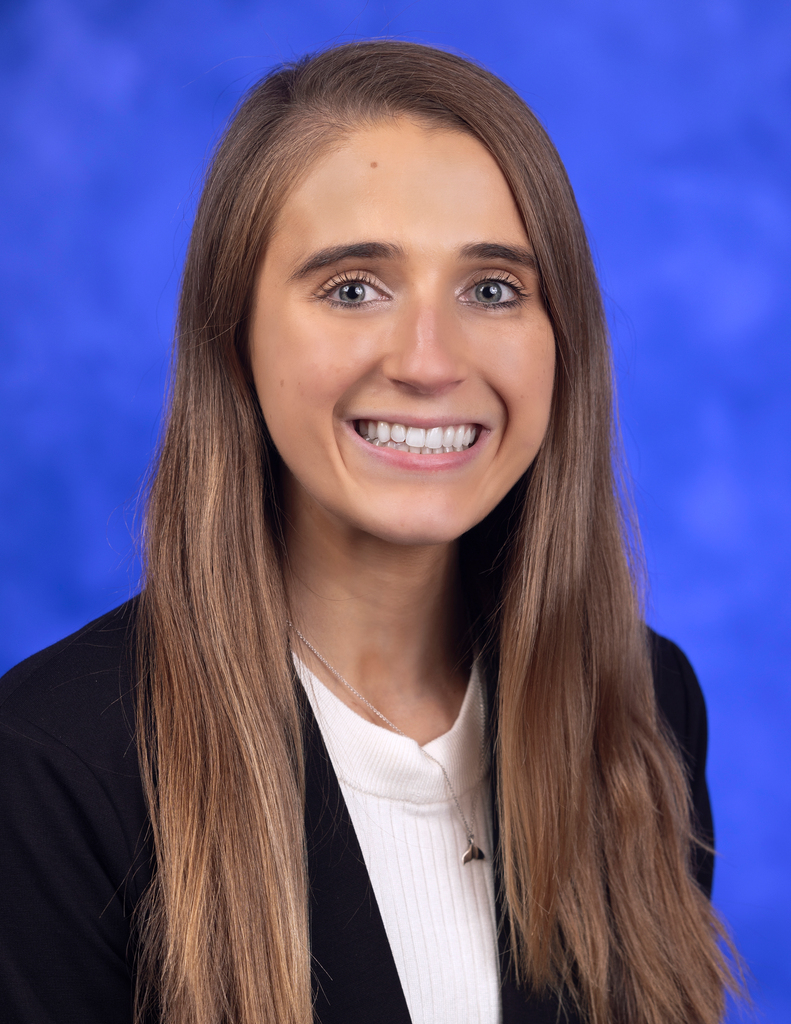Jump to topic
Search
Program Details
The primary goal for trainees in the Otolaryngology Residency is developing the knowledge base, surgical skills, clinical acumen and research skills to be successful in a career in otolaryngology. To that end, the program provides an environment and clinical experience that allows professional growth to occur.
The Otolaryngology Residency provides the full spectrum of clinical exposure, with focus on head and neck oncology, pediatric otolaryngology, otology, facial plastics and reconstructive surgery, maxillofacial trauma, laryngology, sinonasal and allergic disease and endocrine surgery.
Residents are expected to be dedicated to the ideals of residency training, with emphasis on the balance of self-directed and facilitated learning, combined with diligence in the execution of patient care responsibilities.
Why Choose Penn State Otolaryngology?
- The program is based on two inpatient facilities, Penn State Health Milton S. Hershey Medical Center and Penn State Health Children’s Hospital, with integrated services. Outpatient experience is obtained through the University Physicians Center on campus, as well as at off-site outpatient clinics.
- Operative experience is primarily at Hershey Medical Center, but outpatient surgical experiences occur through other SurgiCenters.
- Call responsibilities are for Hershey Medical Center emergency room and inpatient consults, as well as inpatient otolaryngology patients. Residents usually take in-house call as juniors and call from home as seniors. Typically, call schedules are maintained at every fourth to sixth night. The program is compliant with current ACGME requirements for resident work hours.
- Three weeks of vacation are provided per year. An additional five days of continuing medical education/education time are available for conferences and courses beyond those internal and external courses integrated into the program. Learn more about policies and benefits for all residents here.
- The residency program provides access to a full complement of electronic journals and textbooks through Harrell Health Sciences Library and departmental resources.
A residency manual is distributed each year to the residents, which includes the program outline, current curriculum, residency policies and examples of tools utilized in resident and program evaluation.
Learn More about the Residency
The Otolaryngology Residency is a fully-accredited training program in Hershey, Pa. Many clinical facilities reside on the 550-acre main campus, with several satellite offices and surgery centers across central Pennsylvania.
About the Residency
- Penn State will be matching 2 residents for the July 2025 start (2 clinical), who will be joined by the program’s 2024 research resident to form a three-member PGY-1 team.
- The program’s Match quota is three residents per year clinical (15 total)
- Facial Plastics and Reconstructive Surgery Fellowship (one fellow per year)
- Head and Neck Endocrine and Oncology Fellowship (one fellow per year)
- A diverse and experienced physician faculty, with specialties including:
- Otolaryngology (includes adult and pediatric skull-base, microvascular free flap reconstruction and cosmetic surgery)
- Head and neck oncology
- Pediatric otolaryngology
- Facial plastic and reconstructive surgery
- Laryngology
- Neurotology
- Rhinology
- In the Department of Otolaryngology, more than 33,000 outpatient visits and nearly 2,700 surgical cases per year
- Approximately 25 resident publications annually
- Approximately 40 regional/national presentations annually
- Resident didactic sessions from 7 to 8 a.m. each weekday
- Multiple workshop courses:
- Internal: Temporal bone dissection, facial plating, laser, facial fillers, pediatric airway, ultrasound
- External: Otorhinolaryngology boot camp, SimFEST, Indiana basic science course, AAOA course, A/O courses, CHOP airway course
Penn State’s Otolaryngology Residency aims to guide the adult learner from medical student to an independent and competent practitioner of the surgical field. The process involves hard work and dedication on the part of educators and learners. A presumption is held that the resident applicant is an intelligent, motivated and dedicated individual who enters the program seeking to reach the goal of competence and even expertise.
With that ideal in mind, the curriculum has been designed and implemented to assist in achieving that goal. Significant independent, self-directed learning is expected from the resident throughout the training program.
The over-arching goals of the program include:
- Guide the resident in development of an extensive fund of knowledge within medicine, and specifically the otolaryngologic sciences.
- Empower the resident in the arena of lifelong learning, as residency is not the completion, but the beginning of this process.
- Provide graduated and progressive responsibility in the care of medical and surgical patients, as determined by training and ability.
- Set forth practices to ensure competent, safe, high-quality and fiscally responsible medical care to the patients under our care, regardless of socioeconomic or cultural background.
- Provide guidance and experiential learning in the area of medical research, as a foundation for furthering the medical field and personal professional growth.
- Provide skills in the identification and application of evidence-based medicine.
- Assist in the creation of effective communication techniques for trainees, for interactions with peers, health care professionals, patients, families and the community at large.
- Promote awareness of the value of coordination of care among members of the
health care delivery system, keeping in mind of safety, quality and cost containment. - Develop the skills to incorporate formative and summative feedback in continuous practice improvement.
- Promote all aspects of the six ACGME core competencies as they relate to otolaryngology (head and neck surgery).
The Otolaryngology Residency carefully reviews all applications. The candidacy of applicants is not based on any singular factor, but a holistic review of the entire package of provided materials.
Key items required for the selection process include:
- Electronic Residency Application Services (ERAS) application listing experiences
- At least three letters of recommendation
- U.S. Medical Licensing Exam (USMLE) scores
- Medical school transcript
- Dean’s letter
- Personal statement
Interview offers are then made to applicants who are deemed to have qualifications and attributes best suited to being successful in the program.
All interviews were conducted virtually in keeping with the Coalition for Physician Accountability guidelines for the 2020-2024 residency application cycles. For the 2024-2025 cycle, Penn State Health Otolaryngology – Head and Neck Surgery has decided to return to an in-person format, as most 2024 otolaryngology applicants and a majority of programs favored that format.
The deadline for application is Nov. 1. Interview dates are typically in December and January. Applicants who are offered an interview will be contacted with date options.
All applications must be made through the Electronic Residency Application Service (ERAS) and the National Residency Match Program (NRMP).
Virtual Tour
Penn State Health
Penn State Health is a multi-hospital health system serving patients and communities across 29 counties of Pennsylvania. Its mission is to improve health through patient care, research, education and community outreach.
In December 2017, the system partnered with Highmark Health to facilitate creation of a value-based, community care network in the region. The shared goal of Highmark and Penn State Health is to ensure patients in the community are within:
- 10 minutes of a Penn State Health primary care provider
- 20 minutes of Penn State Health specialty care
- 30 minutes of a Penn State Health acute care facility
Learn more about Penn State Health
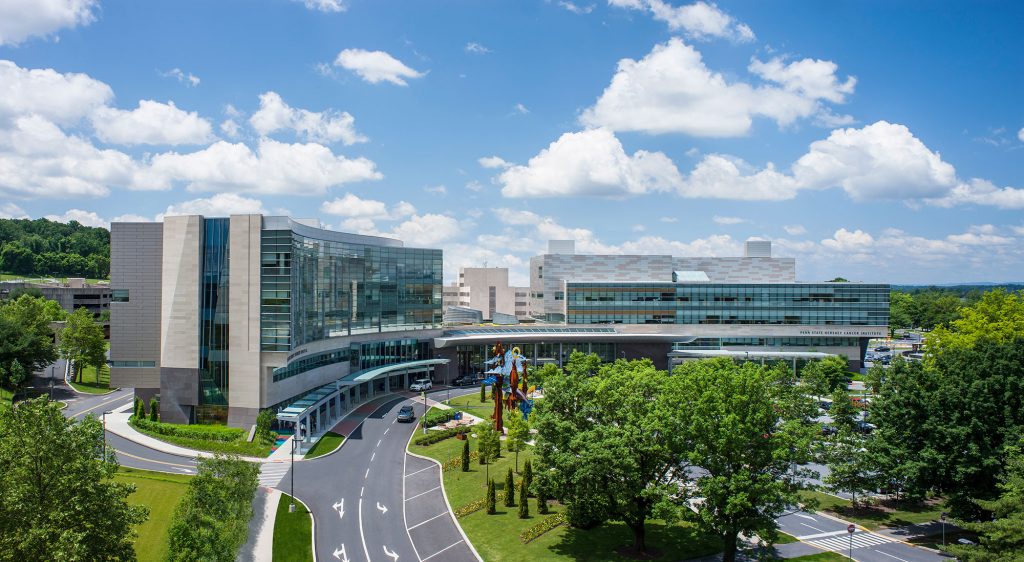
Penn State Health Children’s Hospital (left), Penn State Health Milton S. Hershey Medical Center (center) and Penn State Cancer Institute (right)
Penn State Health Milton S. Hershey Medical Center
500 University Dr., Hershey, Pa., 17033 (Derry Township, Dauphin County)
- The health system’s 647-bed flagship teaching and research hospital
- The only medical facility in Pennsylvania accredited as both an adult and a pediatric Level I (highest-level) trauma center
- Dedicated surgical, neuroscience, cardiovascular, trauma and medical intensive care units
- Accredited Life Lion critical-care transport providing more than 1,100 helicopter and approximately 750 ground ambulance transports per year
- More than 1,300 faculty members and more than 650 residents and fellows
- Approximately 29,000 admissions, 73,000 emergency department visits, 1.1 million outpatient visits and 33,000 surgical procedures annually
- Designated as a Magnet hospital since 2007
Learn more about Milton S. Hershey Medical Center
Penn State Health Children’s Hospital
600 University Dr., Hershey, Pa. 17033 (Derry Township, Dauphin County)
- An eight-story, 263,000-square-foot-facility built in 2013 and expanded in 2020
- 146 licensed pediatric beds, 18 acute care beds and a 56-bed neonatal intensive care unit
- Level IV (highest-level) neonatal intensive care unit
- Level I quaternary (highest-level) pediatric intensive care unit
- Level I (highest-level) pediatric trauma center designation
- Intermediate care unit
- Dedicated pediatric operating rooms
- More than 150,000 pediatric outpatient visits and approximately 5,000 pediatric patient discharges annually
Learn more about Penn State Health Children’s Hospital
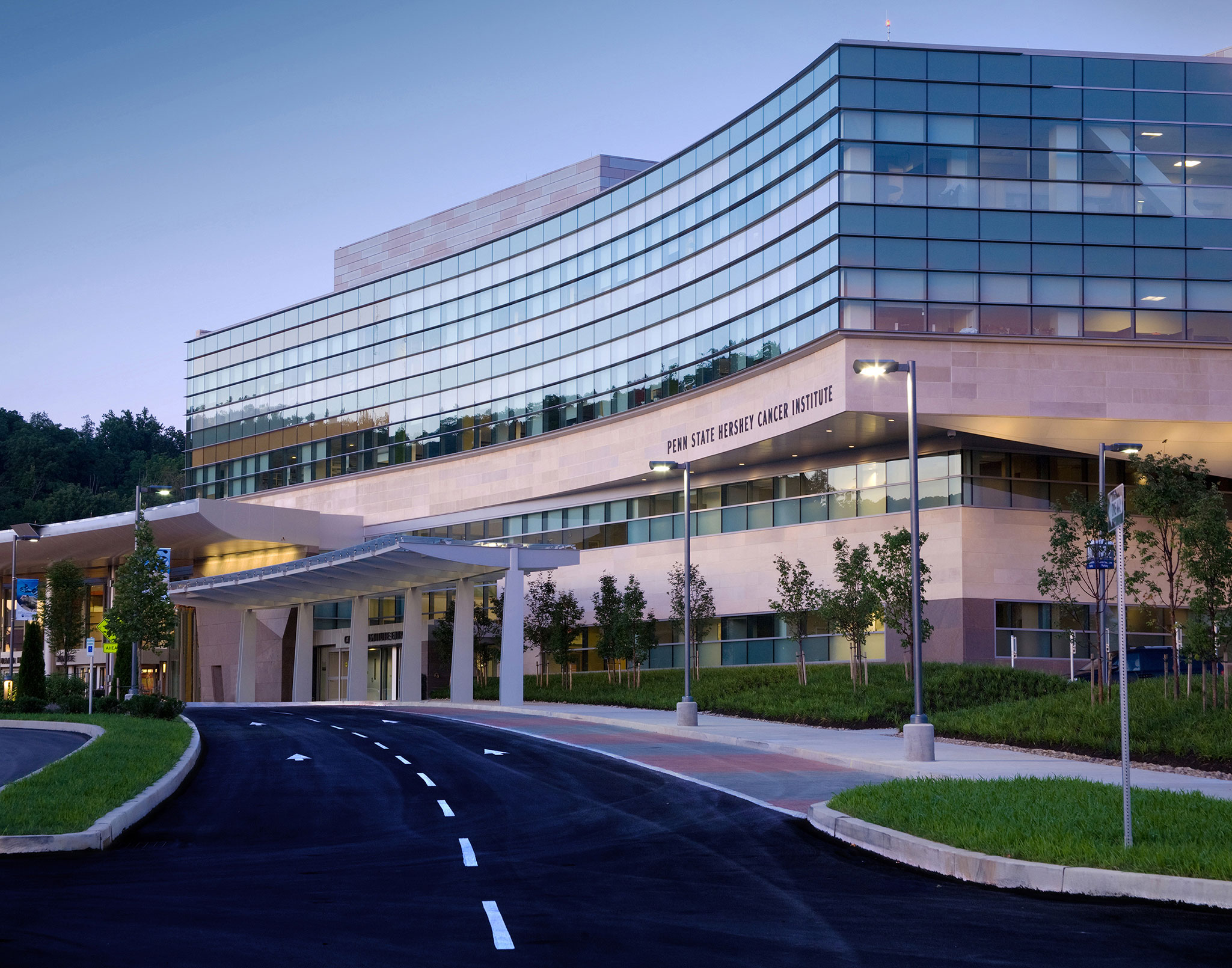
Penn State Cancer Institute
Penn State Cancer Institute
400 University Dr., Hershey, Pa., 17033 (Derry Township, Dauphin County)
- The region’s only comprehensive cancer center
- Clinical services offered at the institute in Hershey, Pa., as well as in State College, Pa. (in partnership with Mount Nittany Health) and Reading, Pa., at Penn State Health St. Joseph
- Five floors, with ground level and first two devoted to patient care and top two housing research labs
- Infusion therapy suites, private chemotherapy rooms and a state-of-the-art radiation oncology suite
- Dedicated chemotherapy and infusion pharmacy
Learn more about Penn State Cancer Institute
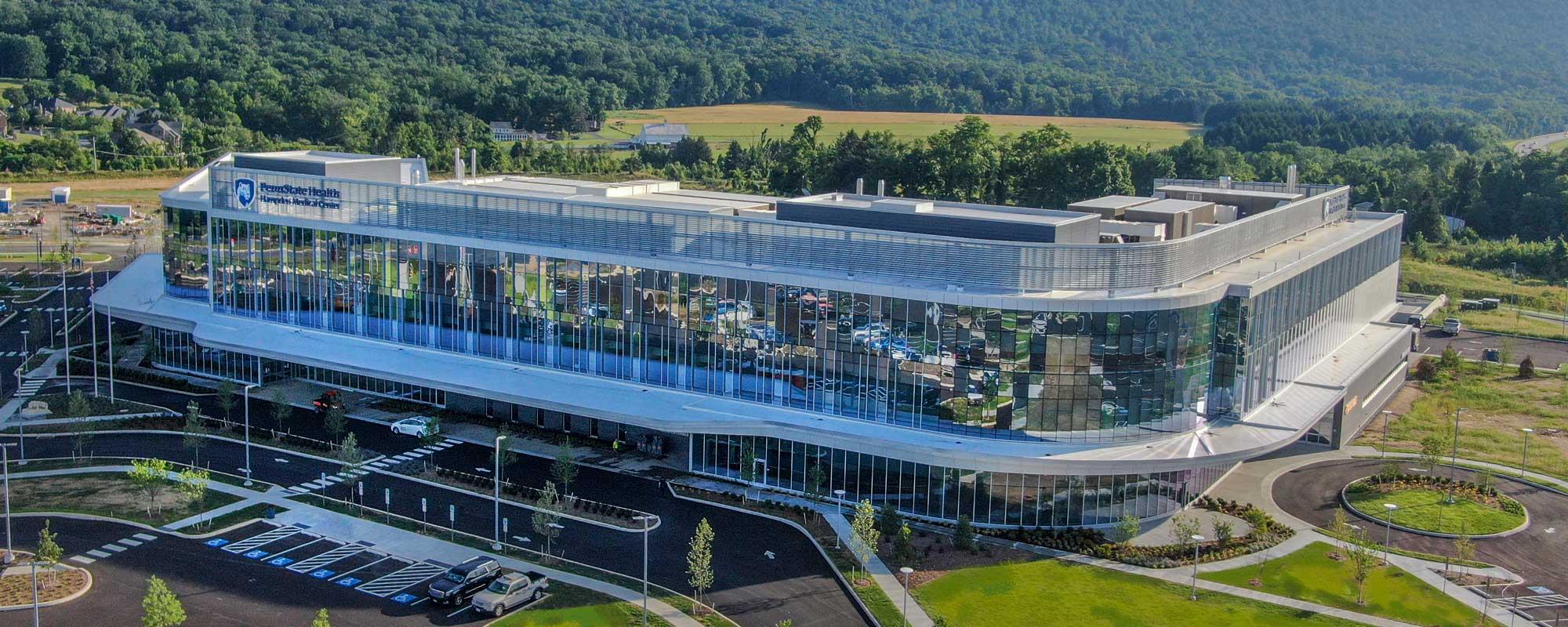
Hampden Medical Center
Penn State Health Hampden Medical Center
2200 Good Hope Road, Enola, Pa., 17025 (Hampden Township, Cumberland County)
- 110-private-inpatient-bed hospital on the West Shore that opened to patients in October 2021
- Three-story, 300,000-square-foot facility designed to provide acute care and outpatient services
- Provides expert 24/7 emergency medical care, inpatient and outpatient medical and surgical care, and labor and delivery services (opening in late 2021)
Learn more about Hampden Medical Center
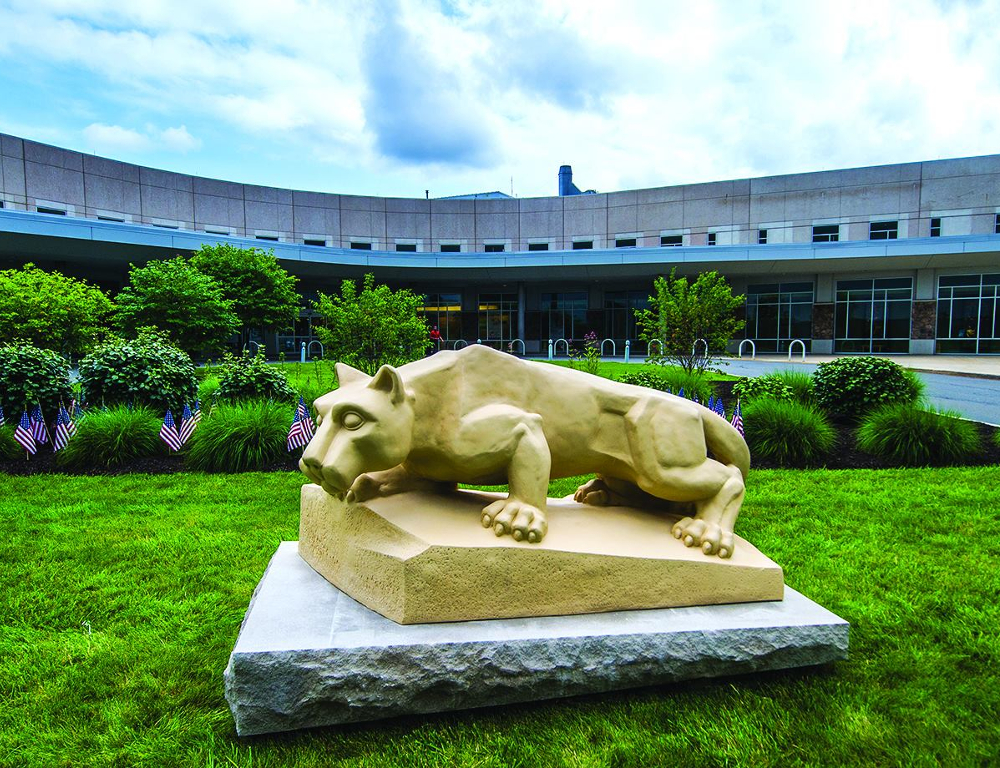
Penn State Health St. Joseph Medical Center
Penn State Health St. Joseph
2500 Bernville Road, Reading, Pa. 19605 (Bern Township, Berks County)
- A two-campus community medical center in Berks County (southeastern Pennsylvania), with an acute care hospital in Bern Township and a downtown Reading campus
- Approximately 1,800 employees, including 400 board-certified and fellowship-trained physicians in all specialties
- Nationally accredited centers for chest pain, stroke, heart failure and cancer care
- Roughly 47,000 emergency department visits and 7,500 inpatient admissions annually
Welcome to Hershey
More About Hershey
Interested in learning more about living and working in Hershey, Pa.? See details here:
Wellness, including emotional, spiritual, social and physical health, is a crucial component to training and to becoming a professional, compassionate and resilient physician. Self-care is a skill which must be continually practiced and reinforced. Penn State College of Medicine and Penn State Health are committed to addressing wellness among residents and fellows, with multiple resources readily available.
Institutional resources
- Visit BeWell – a health program designed to support Penn State Health employees
- See Penn State College of Medicine wellness resources here
- Employee Health Care Concierge and Case Management Service
- Partners in Medicine
Moving to a new city with your family does not have to be stressful. Residency programs have assisted many significant others with finding employment. There is also a GME-Wide Partners in Medicine (PIM) group that offers networking opportunities as well as various social and community oriented activities. - The Doctors Kienle Center for Humanistic Medicine
- Active and easily accessed Office of Professional Mental Health
Graduate medical education resources
Institutional Resources
Penn State Health and Penn State College of Medicine celebrate, embrace and support the diversity of all patients, faculty, staff, students and trainees.
Office for Diversity, Equity and Inclusion
In keeping with this, Penn State Health has an active Office for Diversity, Equity and Inclusion with various programs, networks and resource groups, including:
- Talks and lectures on diversity, equity and inclusion through the Inclusion Academy
- Regular events on topics such as eradicating racism and creating a culture of inclusiveness
- Many Business Employee Resource Groups (BERGs), including:
- Disability Business Employee Resource Group
- Interfaith Business Employee Resource Group
- LGBTQ+ Business Employee Resource Group
- Military and Veterans Business Employee Resource Group
- Multicultural Business Employee Resource Group
- NextGen Business Employee Resource Group
Learn more about the Penn State Health Office for Diversity, Equity and Inclusion
Learn more about the College of Medicine’s Office for Diversity, Equity and Belonging
Office for Culturally Responsive Health Care Education
The vision at Penn State College of Medicine and Penn State Health is to equip learners with the knowledge, skills and attitudes they will need to provide culturally excellent health care and research for an increasingly diverse U.S. population. The Office for Culturally Responsive Health Care Education was formed to help meet that goal.
Learn more about the Office for Culturally Responsive Health Care Education
Office for a Respectful Learning Environment
In addition, the institution does not tolerate discrimination, biases, microaggression, harassment or learner mistreatment of any kind, and any concerns are immediately addressed by the Office for a Respectful Learning Environment.
Learn more about the Office for a Respectful Learning Environment
Network of Under-represented Residents and Fellows
The Network of Under-represented Residents and Fellows (NURF) is a group of diverse residents and fellows representing all specialties. NURF’s goal is to promote cultural diversity in the residency programs through community involvement, mentorship with diverse faculty, professional networking and support for the recruitment of diverse medical students into the residency programs.
NURF is sponsored by the Penn State College of Medicine Graduate Medical Education Office and the Penn State Health Office for Diversity, Equity and Inclusion.
To celebrate past achievements and foster future growth, Penn State Health’s Otolaryngology – Head and Neck Surgery Residency graduates are automatically members of the George H. Conner Alumni Society. This society aims to build a valuable network of peers and strengthen the relationship with the training program.
Mailing Address
Department of Otolaryngology – Head and Neck Surgery
Penn State Health Milton S. Hershey Medical Center
500 University Dr., MC H091
P.O. Box 850
Hershey, PA 17033
General Contact Information
Phone: 717-531-1310
Fax: 717-531-6160
Curriculum Details
PGY-1
The first year is performed at the primary institution, Penn State Health Milton S. Hershey Medical Center. Rotations include:
- Otolaryngology (head and neck surgery) (six months)
- Surgical intensive care unit (one month)
- Ophthalmology/oculoplastics (one month)
- Neurosurgery (one month)
- Anesthesia (one month)
- Pediatric surgery (one month)
- General surgery (one month)
PGY-2 to PGY-5
Years two through five involve a strong surgical training experience across the spectrum of the specialty, with an emphasis on balanced exposure.
Hershey Medical Center and Penn State Health Children’s Hospital are the focal points of the clinical experience. These freestanding facilities are connected to Penn State Cancer Institute as well as the primary outpatient clinic setting. An on-campus ambulatory surgery center, along with a private community surgical center, provide other settings for surgical experience-building.
Research can provide excellent resident educational opportunities. All residents in both the clinical and research tracks are required to participate in structured research activities, with at least one long-term project.
- Residents have three months of dedicated research time during PGY-3.
- Submission for publication of the project in a peer-reviewed journal is required.
- Annually, each resident must identify a project and submit an abstract to the Pennsylvania Academy of Otolaryngology.
Most residents participate in research beyond these requirements.
Department-sponsored academic courses offer outside educational opportunities. The course opportunities include a basic science course, airway foreign body courses, the American Academy of Otolaryngic Allergy (AAOA) Basic Course, junior and senior resident simulation courses and other courses as they become available.
Residents are encouraged to attend professional meetings annually. Experience and education are maximized if the resident presents a paper at these meetings. If a research presentation is to be delivered by the resident, reasonable travel expenses will be covered by the department.
Resident Honors and Recognitions
Penn State College of Medicine and Penn State Health Milton S. Hershey Medical Center accept ongoing nominations for the Exceptional Moments in Teaching award.
The award, given monthly by the Office for a Respectful Learning Environment, accepts nominations from College of Medicine students who are invited to submit narratives about faculty members, residents, fellows, nurses or any other educators who challenge them and provide an exceptional learning experience. See more about the award here.
Previous nominees from the Otolaryngology Residency are listed here. Click the + next to a nominee name to read their nominator’s comments.
The annual Resident/Fellow Research Day is held each year (with exception of during the COVID-19 pandemic) on and around the Penn State Health Milton S. Hershey Medical Center campus.
The intent of the event is to provide an opportunity for residents and fellows to showcase their research accomplishments to their peers in other clinical departments, as well as their colleagues in the basic sciences.
Learn more about Resident/Fellow Research Day here.
Previous presentations from the Otolaryngology Residency are listed here.
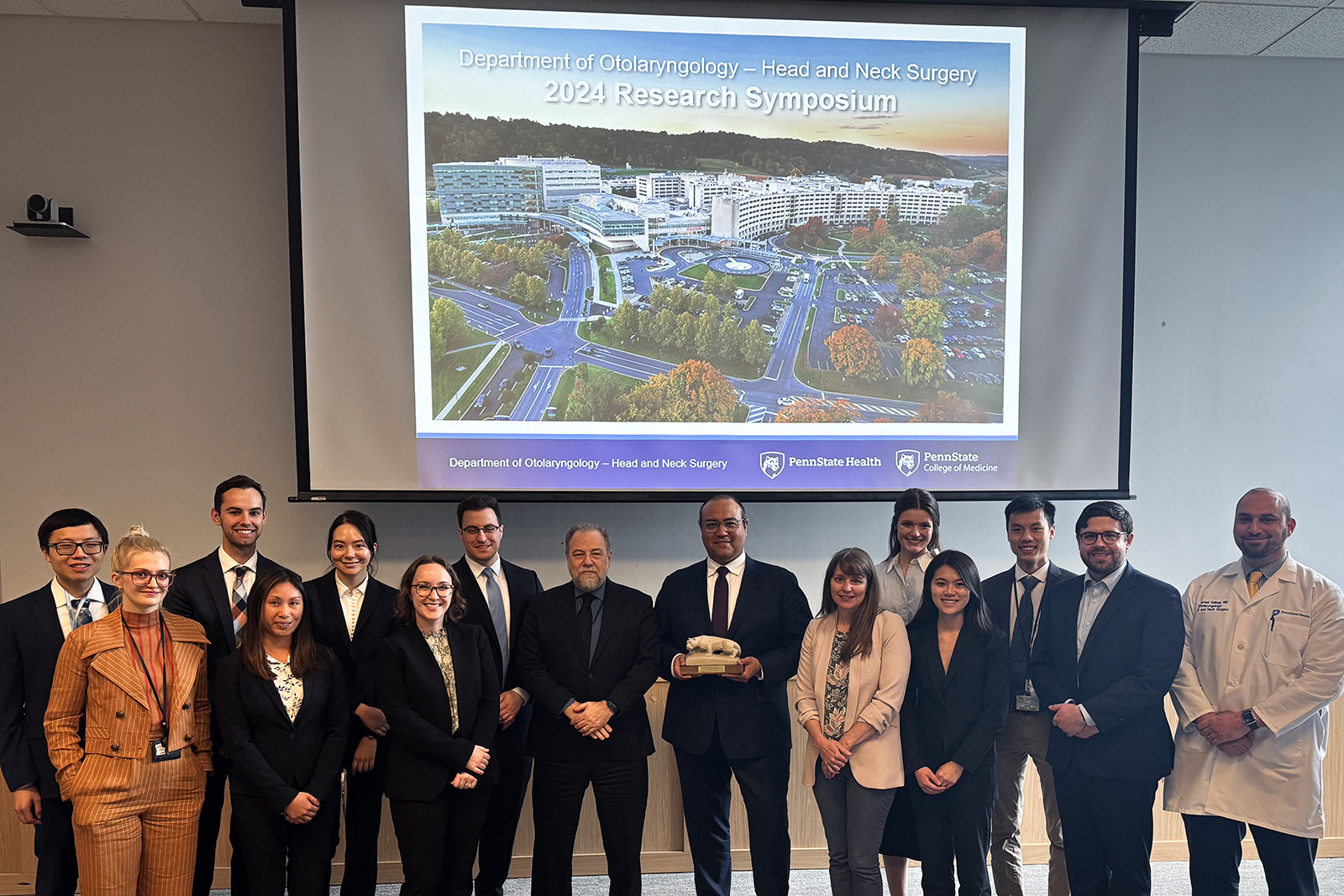
Residents and faculty of Penn State Health stand with Dr. José Zevallos, keynote speaker for the symposium.
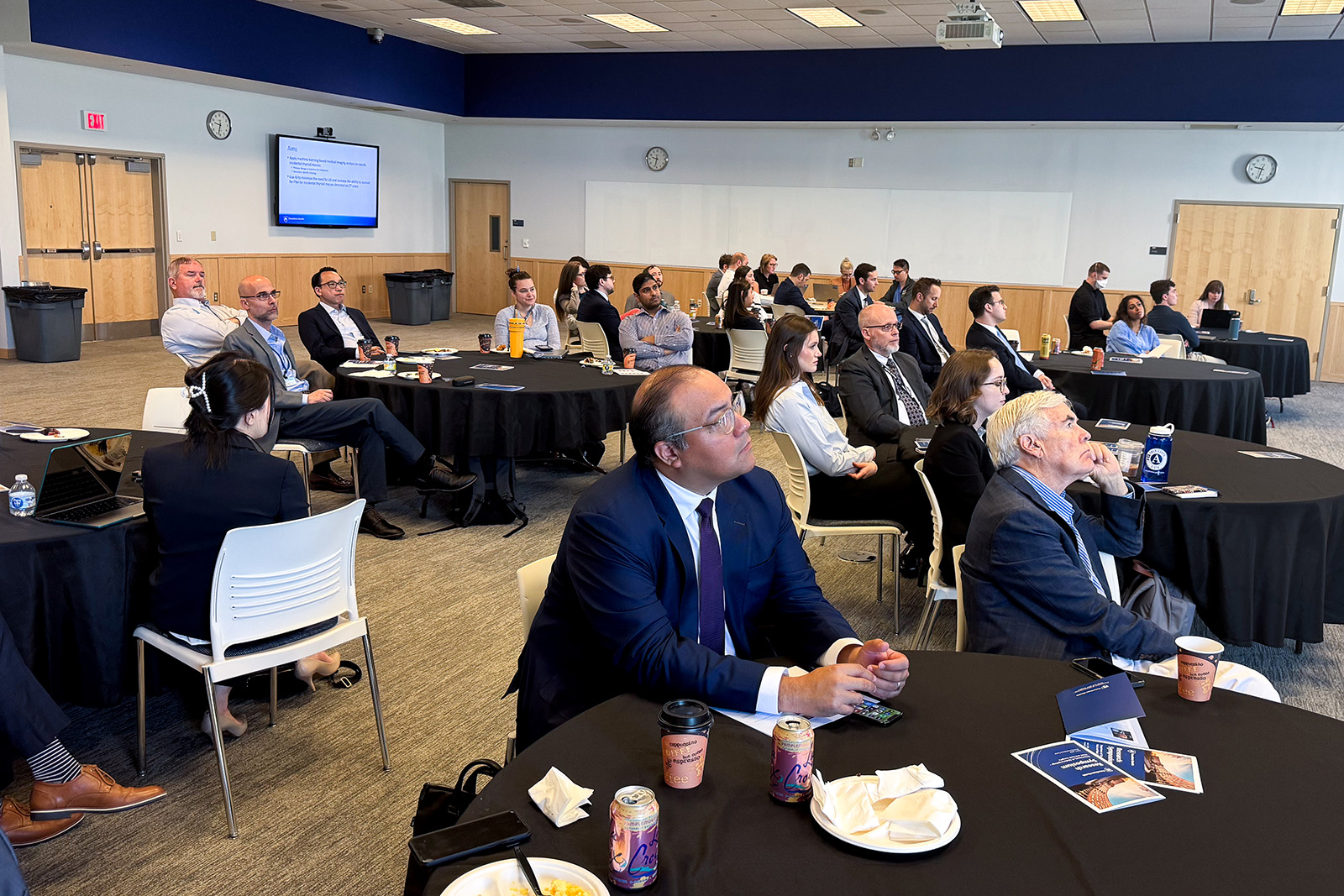
Attendees listen to a presentation during the 2024 symposium.
Since 2023, the Department of Otolaryngology – Head and Neck Surgery hosts an annual research symposium to showcase the research work and projects of residents, fellows and medical students.
This yearly event highlights the outstanding scholarly work of the department’s talented team and includes a keynote lecture presented by a visiting professor.
Latest News from Otolaryngology






